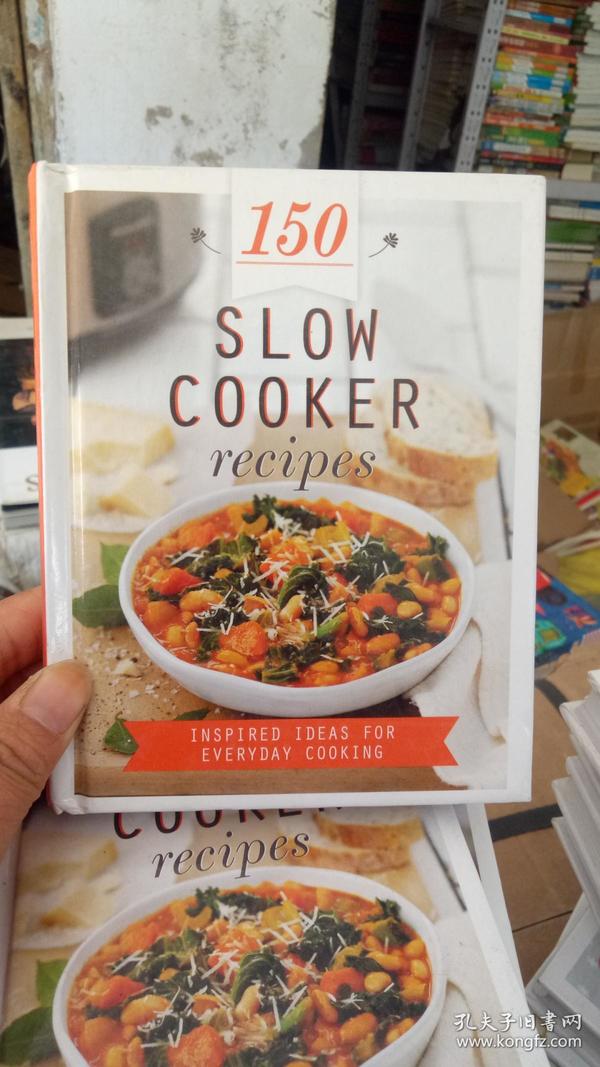Deliciously Simple Slow Recipe for Comforting Home-Cooked Meals
---### Description:In our fast-paced world, the art of cooking often takes a backseat to convenience. However, the resurgence of the slow recipe trend is ch……
---
### Description:
In our fast-paced world, the art of cooking often takes a backseat to convenience. However, the resurgence of the slow recipe trend is changing the way we approach meal preparation, inviting us to slow down and savor the cooking process. A slow recipe not only enhances the flavors of your ingredients but also allows you to create heartwarming dishes that nourish both body and soul.

What exactly is a slow recipe? At its core, it’s a cooking method that emphasizes low and slow heat, allowing flavors to meld and develop over extended periods. This technique is commonly applied to stews, braises, and roasts, where the ingredients are left to simmer gently, resulting in tender, flavorful meals. The beauty of a slow recipe lies in its simplicity; it often requires minimal hands-on time, allowing you to focus on other tasks while your meal cooks.
One of the most appealing aspects of slow recipes is their versatility. You can adapt them to suit various dietary preferences and seasonal ingredients. Whether you’re a meat lover, vegetarian, or vegan, there’s a slow recipe that can cater to your needs. For instance, a classic beef stew can be transformed into a hearty vegetable stew by replacing the meat with an array of colorful vegetables and legumes. The slow cooking process ensures that even the toughest cuts of meat become melt-in-your-mouth tender, while vegetables retain their integrity and flavor.
When preparing a slow recipe, the choice of ingredients is crucial. Fresh, high-quality ingredients will yield the best results. Opt for locally sourced produce whenever possible, as they tend to be more flavorful and nutrient-dense. Additionally, consider using herbs and spices to elevate your dish. A sprinkle of fresh thyme or rosemary can add aromatic depth, while a dash of smoked paprika can introduce a subtle warmth.

Another key benefit of slow recipes is their ability to foster creativity in the kitchen. With ample time to experiment, you can play with different flavor profiles and cooking techniques. For example, you might start with a traditional slow recipe for a pot roast, but then decide to add a splash of red wine or a handful of dried mushrooms to deepen the flavor. The slow cooking process allows these variations to meld beautifully, resulting in a dish that is uniquely yours.
Moreover, slow recipes are perfect for meal prep. By preparing a large batch of a slow recipe, you can have delicious meals ready to go throughout the week. Simply portion out the leftovers into individual containers, and you’ll have nourishing lunches or dinners at your fingertips. This not only saves time but also helps you avoid the temptation of unhealthy takeout options.
For those who enjoy the communal aspect of cooking, slow recipes can also be a great way to bring family and friends together. Imagine gathering around the table to share a hearty stew that has been simmering all day, filling your home with tantalizing aromas. The act of cooking and sharing a meal is a time-honored tradition that fosters connection and creates lasting memories.

In conclusion, embracing slow recipes is more than just a cooking technique; it’s a lifestyle choice that encourages mindfulness and appreciation for the food we eat. By taking the time to prepare meals slowly, we not only enhance the flavors but also enrich our lives. So, gather your ingredients, set your slow cooker or stovetop to low, and embark on a culinary journey that will transform your meals and your approach to cooking. Enjoy the process, and savor every bite!